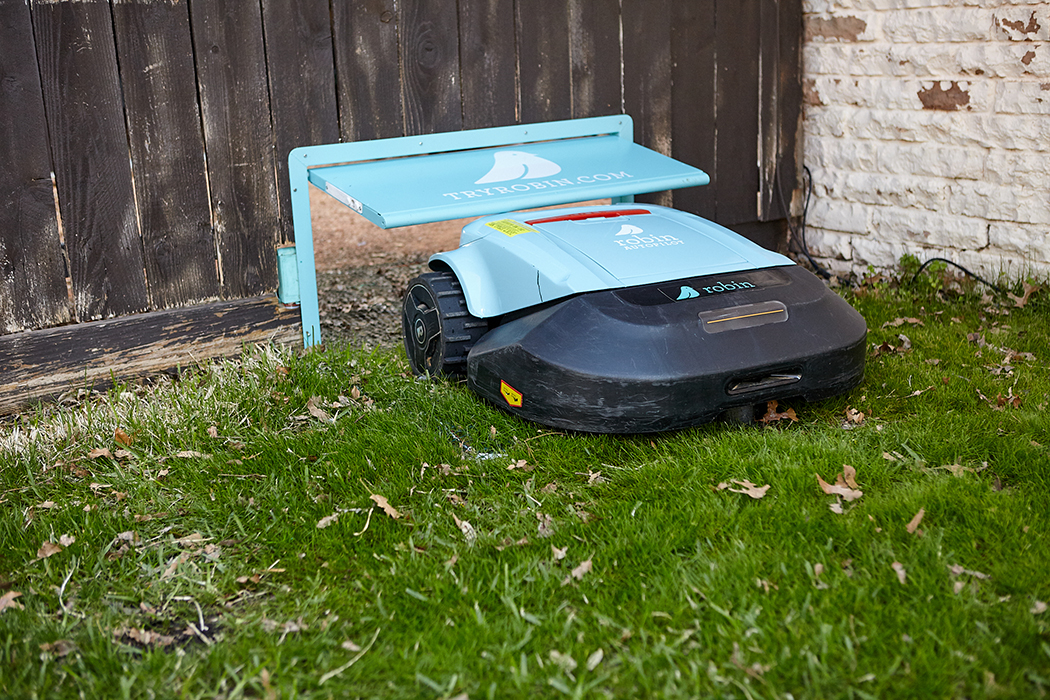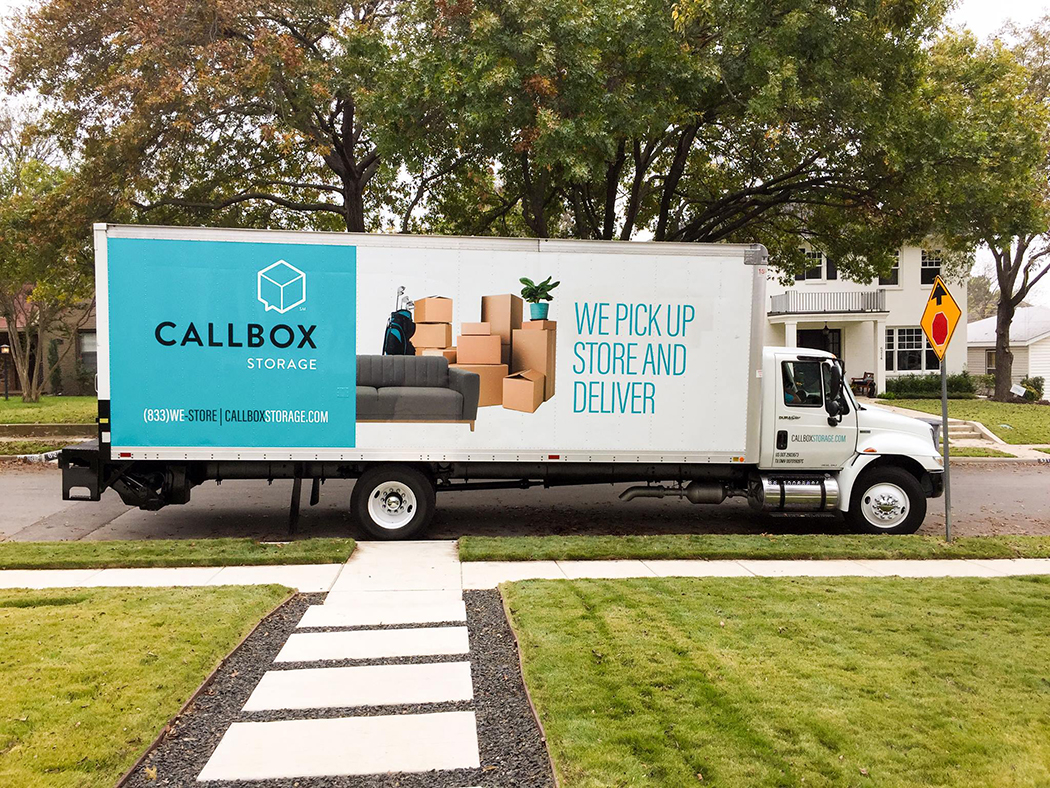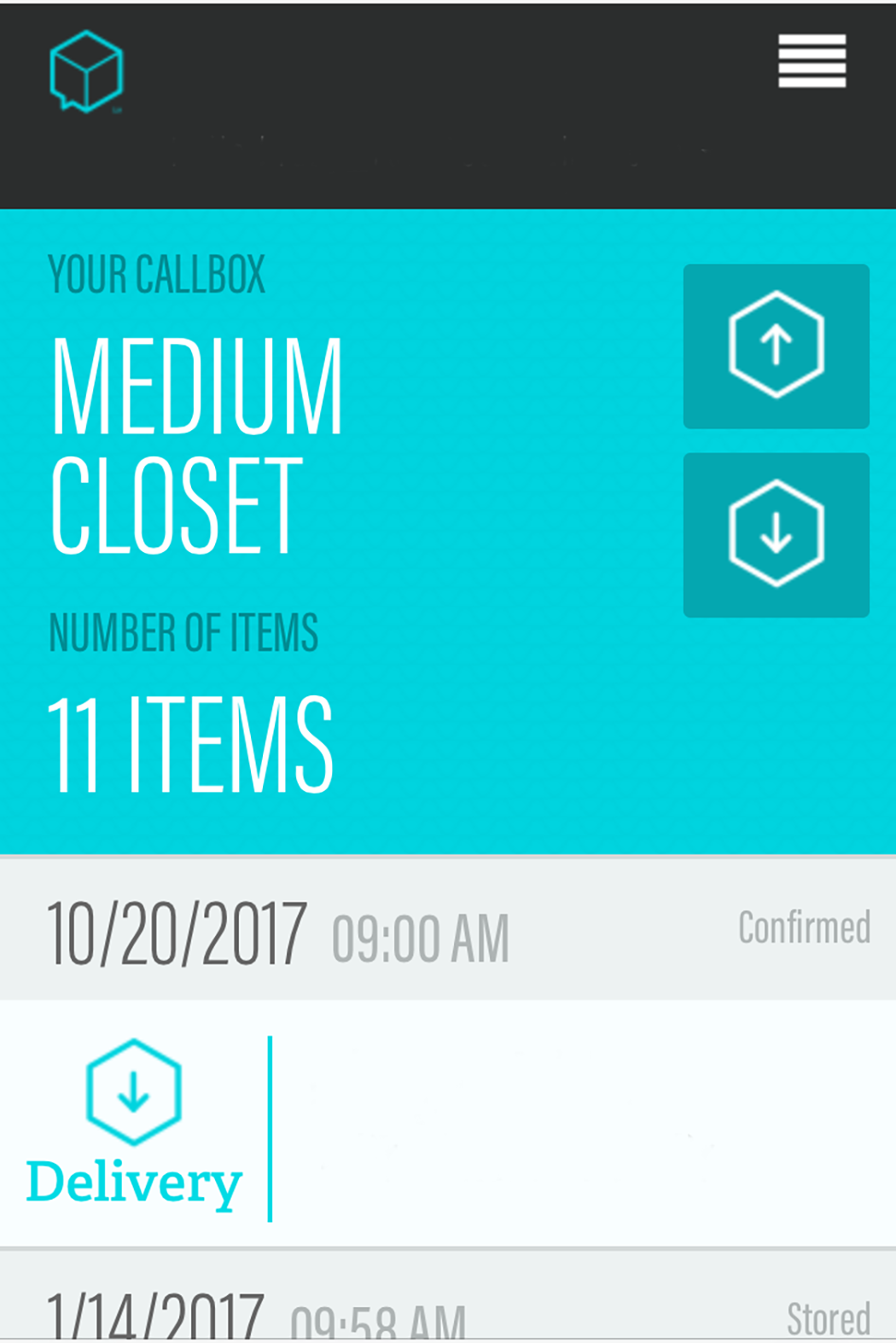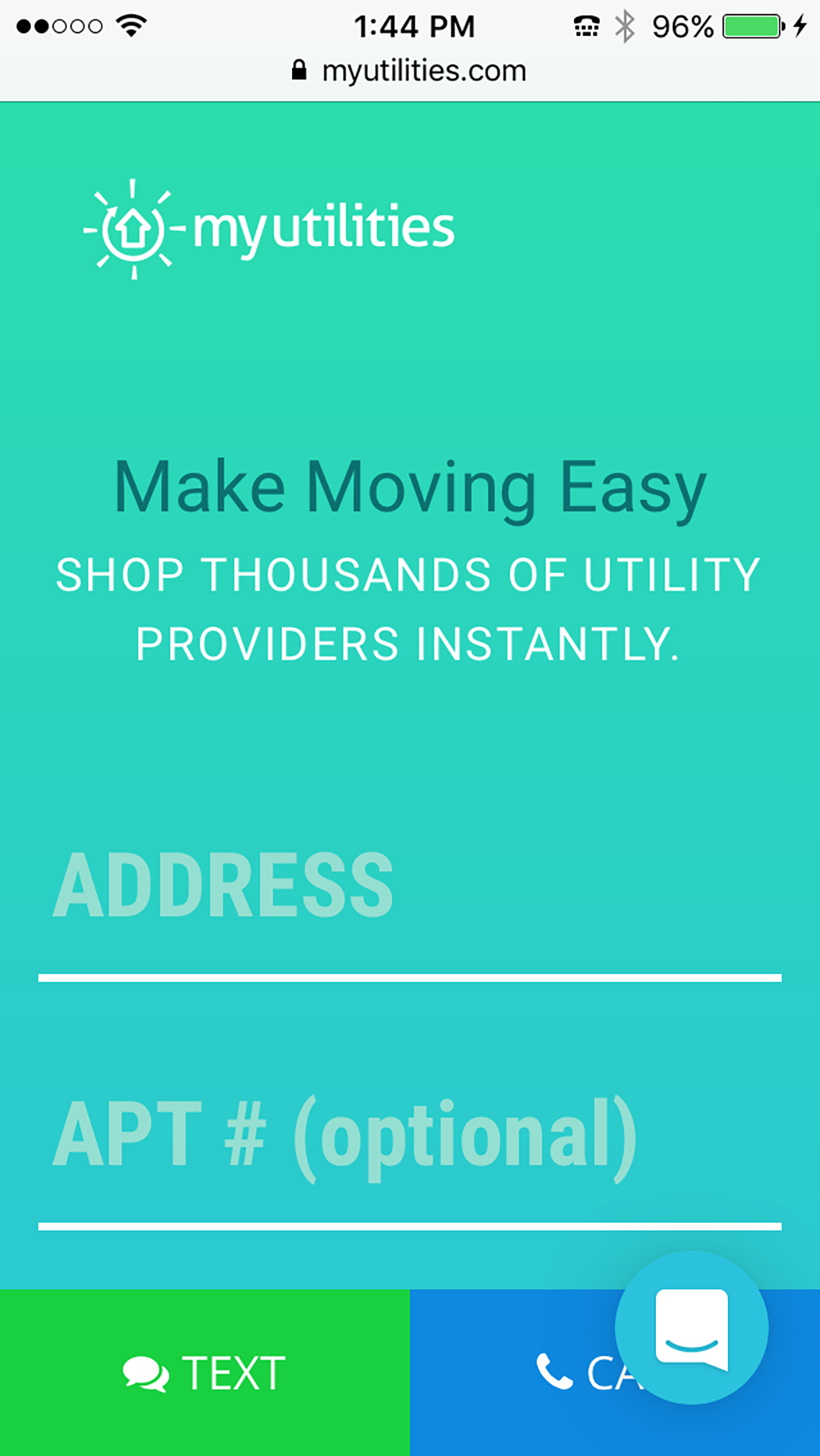
Photo by Kathleen Kennedy.
Neighborhood disruptors
Technology changes the way we communicate, travel and live, making the most difficult tasks almost enjoyable. East Dallas neighbors, no strangers to innovation, are often on the cutting edge of reinvention. These three local companies might just transform the way we tackle domestic tasks forever.
Grass guzzler
When neighbor Chris Usrey told his lawn crew that they were about to be replaced by a robot, they looked at him like he was crazy. A couple months later he did just that, and they were still shocked. “This is the future,” Usrey said. “The future is here.”
Usrey uses Robin, a self-guided robot that mows your lawn every day. An underground perimeter tells the robot where to go and not go, and it finds its charging station each night to power up for the next cut. Each day, it trims a fraction of the grass, leaving minimal clippings.
Robin is the brainchild of Justin Crandall and Bart Lomont, who designed the robot with the help of Dialexa Labs, a local technology consulting firm and incubator for innovative ideas. They launched the robot in 2015.
The technology is popular in Europe, but companies have been unable to popularize the mowing machines stateside. With $3 million in revenue last year, Robin could change that.
The robot works best on yards with a single level. It also has an option that allows the robot to travel through a door to get from the front to the back yard.
“It’s exactly like a Roomba,” says Lomont. The machine moves randomly across the lawn, bouncing off trees, obstacles and climbing up small hills. Over the course of two to three days, it mows the entire yard.
Customers pay $29 weekly for the service, which includes robot maintenance and edging every two weeks. They can also have a crew from Robin come do other more complex landscaping tasks such as planting rye grass to keep the robot busy year-round.
The robots are tracked with GPS, which came in handy when Usrey’s robot was stolen in January. Police used the GPS to track the robot and found other stolen property with the mower.
Usrey appreciates the reduction in air pollution provided by the battery-powered robot. “Not having all that pollution from the blowers and mowers, that is a winner in my opinion,” he says. “The more mundane jobs we can remove humans being from, the better our society will be.”


Heavy lifting
Holiday decorations, winter gear, that old bedframe you know your grandkids will appreciate having. What if none of that had to be stored in limited closet space? What if it could be stored elsewhere and, at the push of a button, delivered to your front door?
Callbox Storage is using technology and a user-friendly interface to do just that, and the app is disrupting traditional storage practices.
The idea for Callbox came to Lakewood neighbor Kyle Bainter when he and his family needed storage in the summer of 2015. With a master bedroom remodel, a baby on the way and new furniture, he decided that it was just too hot and cluttered to keep everything in the garage.
He called around, looking for a unit to rent, but the closest places didn’t have the size he needed. He rented a truck and recruited family to help him load and unload the stuff, but the 100-degree summer days took a toll. “The process is brutal,” he says.
Bainter and business partner Dan Slaven realized that renting extra space often coincides with stressful times in life such as moving, breaking up, marriage and death. “People don’t have much free time and it makes the customer do all the work,” Bainter says.
Callbox combines storage, moving and the organization skills of your type-A uncle, the one who keeps detailed records of his mint condition action figures. The company sends a crew to a residence to load whatever needs to be stored and take it to their warehouse, where they photograph and itemize each item so that it can be accessed and located. Customers can access the photos and catalogued items through the app. The monthly subscription includes one monthly exchange and ranges from $18-$486 per month.
When the holidays roll around, neighbors can request their giant blow-up snowmen and life-sized nativity scene, then send them back in January without having to remember if their storage unit was on the second or third floor. When junior is ready for his racecar bed, customers can request the crib be picked up.
App-based remote storage is popular in dense urban areas, where space is at a premium and storage companies can’t afford to be near their customers. Callbox expanded from Dallas to Houston and Austin recently and hopes to grow more. They have done more than 1,500 pick-ups and deliveries since launching in September 2016.
“We live in the land of on-demand services,” he says. “Customers value convenience because they value their time.”
 Tech Connection
Tech Connection
The first few days in a new home can be tense, trying and sweaty. The furniture is still wrapped in plastic as new residents sit on the living room floor while on the phone with the internet company. By the time they get through, they are so over the process that they don’t have the time or energy to call other companies to compare prices.
Imagine replacing several arduous phone calls with a few clicks while saving money at the same time. My Utilities, a start-up founded in 2015 by Lakewood Hills neighbor John Harlan, hopes to change the way the newly relocated experience the first few days in a new home. Companies that aid this process exist, but Harlan is introducing new technology to an industry that is almost exclusively phone-based.
John works with his wife, Connie, who wears many hats but focuses on marketing and human resources.
Customers use the app to input their address, and My Utilities aggregates the data. All the electricity, television, water, gas, internet, insurance, security and storage options are at clients’ fingertips. They read about the details and price of each plan and select the best fit. Customers are assigned an expert at My Utilities if they have a question and want to talk to a real person.
The company also schedules appointments and gets water and electricity turned on. My Utilities saves people money by negotiating lower and makes money from referrals when customers choose an option.
“If electricity gets shut off, we can call them,” Harlan says. “We call the cell phone of the guy who is in charge and he picks up because he needs us.”
My Utilities currently serves 5,000 users a month and is offered in 50 states, though its customer base is concentrated in the Dallas area. “It sounds too good to be true,” he says, “but once people use it they become our biggest advocate.”





